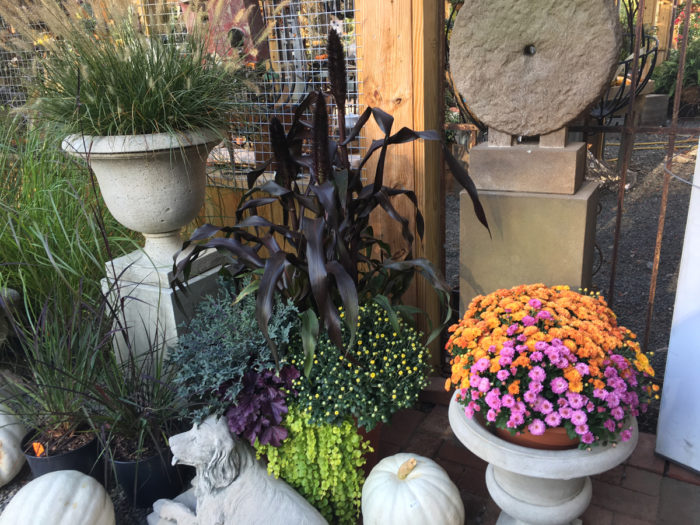
Replant containers for fall. As the weather cools, you may choose to add some fall color to your containers. You can empty containers entirely and replant, or leave the foundational plants that have provided structure throughout the season such as grasses and some trailing annuals. Adding pansies, mums (Chrysanthemum spp. and cvs., Zones 5–9), or ornamental kale (Brassica oleracea, annual) announces fall, and your local nurseries will have a good selection during this month. Get some fall container inspiration here.
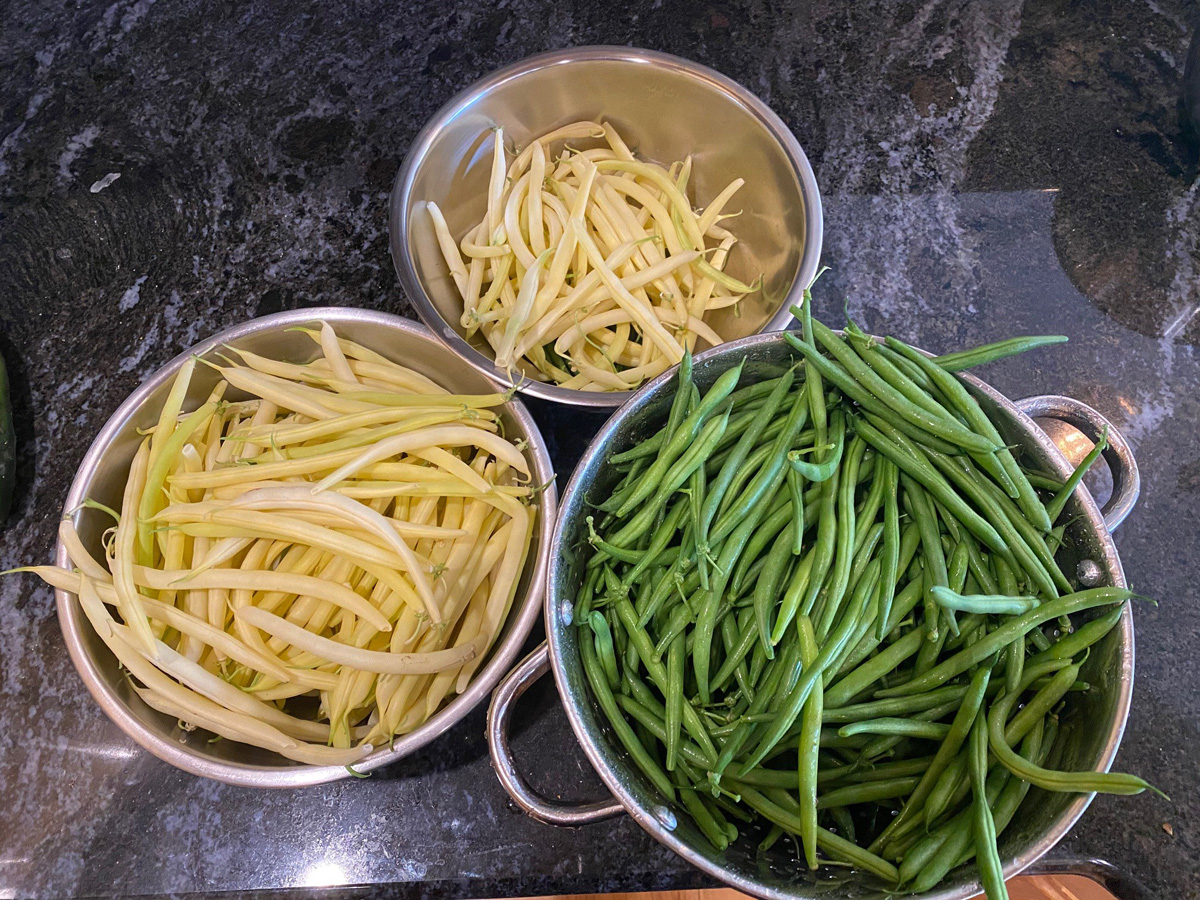
Make notes on this year’s veggie garden. Depending upon where you are in the Mountain West, the harvest season may continue in full swing throughout the month. As plants fade, however, remove them from the garden and either add them to the compost pile or take them to a recycling center. While it is fresh on your mind, make notes for next year. What varieties worked? What didn’t? Did I like the flavor of the new tomato? You can refer to these notes when the seed catalogs arrive in winter.
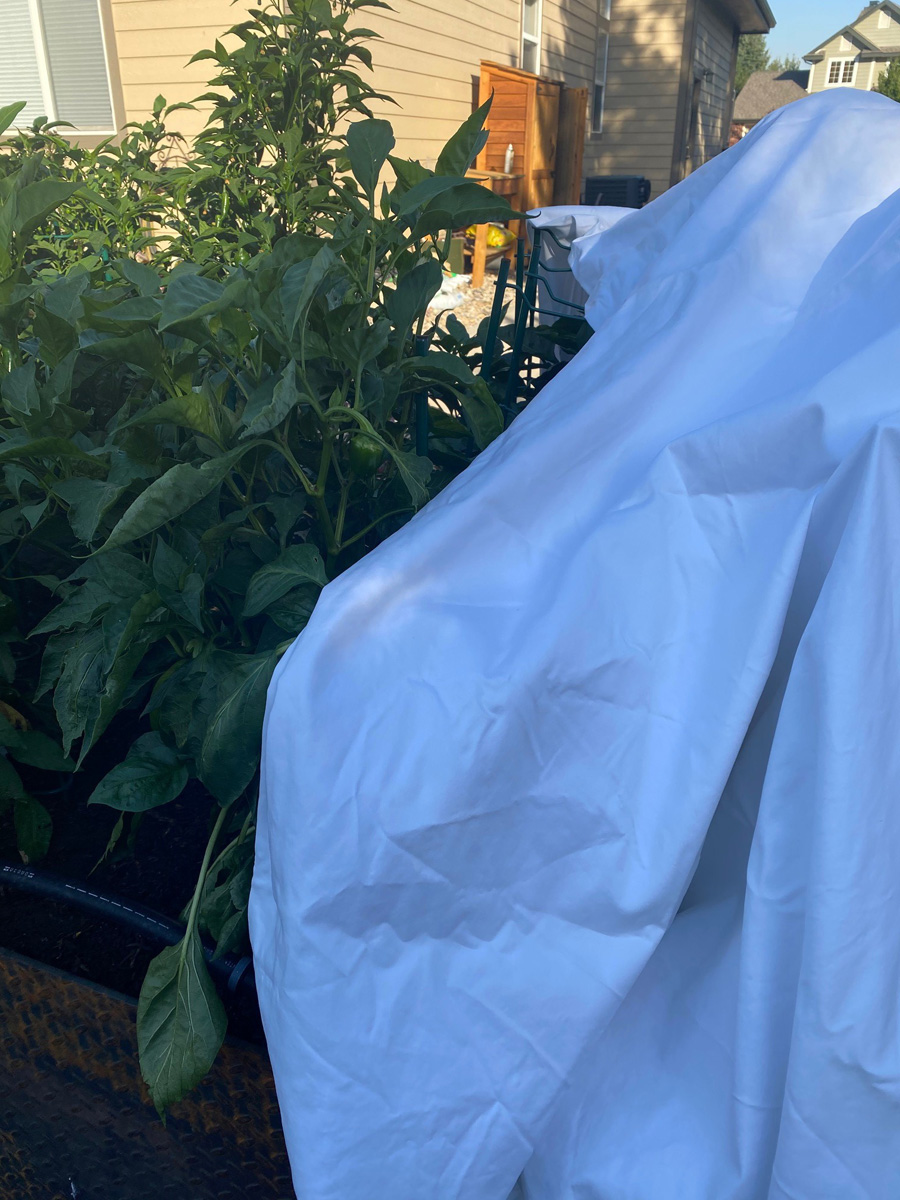
Watch the weather for occasional freezes. As hot and dry as the season has been, it’s hard to believe that freezes can occur in September (even at lower elevations). Of course, those brief cold snaps can be followed quickly by more summer-like weather, which gives us several more weeks to the growing season. Typically trees, shrubs, and perennials will be fine, but you may want to protect your annuals, herbs, and vegetables with frost cloth or sheets if temperatures are forecasted to drop into the 30s.
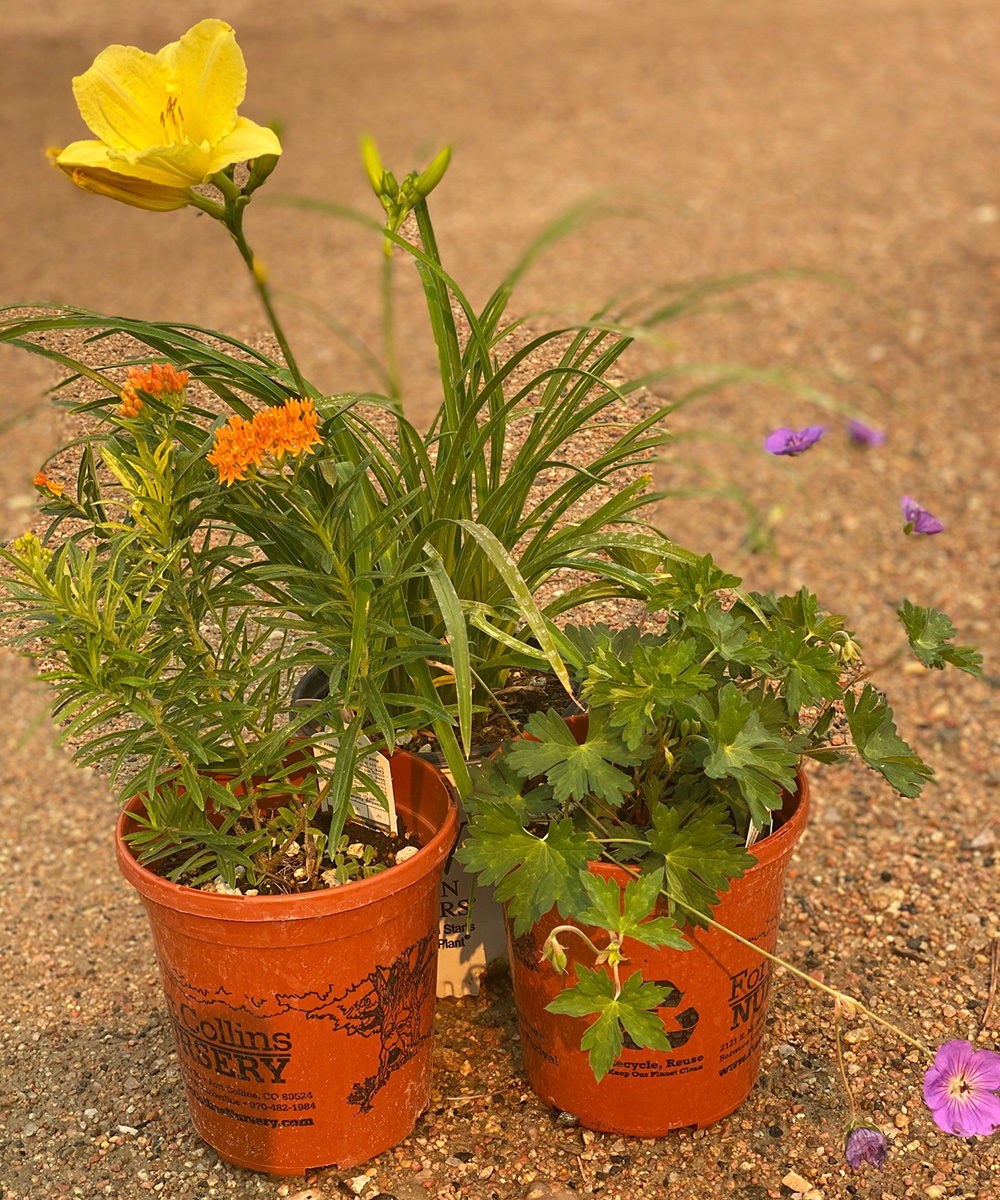
Plant new additions. Fall is a favorite time to plant, and I’ve had much success with it, especially with perennials. Temperatures are cooler, irrigation systems are still running, and plants are on sale! Planting in September or early October should allow enough time for new plant root systems to establish. Be sure to water well, and add a nice layer of mulch after planting to help protect your new plants through the winter. In addition, water occasionally throughout the winter if there is not much snow or other moisture. But know that it is typically not recommended to plant evergreens or conifers in the fall, as their roots may not establish in time and the plants may dry out during the winter. Wondering which new plants would look best in your garden in fall? Look for recommendations here.
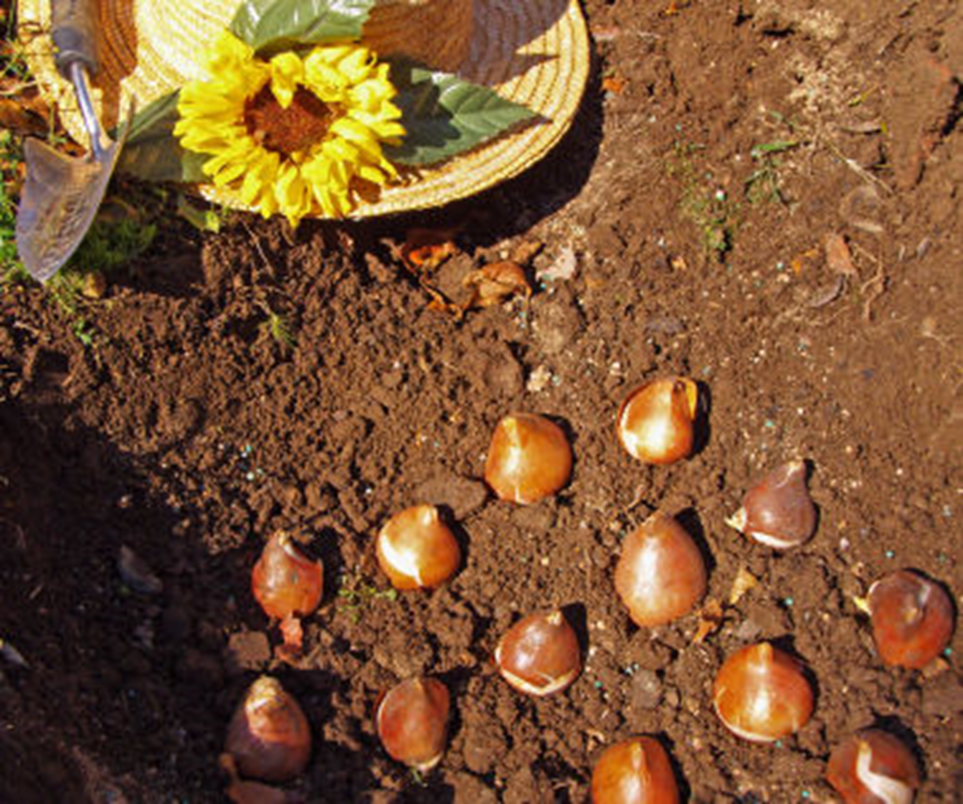
Buy and plant bulbs. Local garden centers have a wide variety of spring-blooming bulbs available this month. You may also choose to order online. Bulbs get planted at different depths depending upon the variety. Follow directions on the package. In addition, they can have different bloom times, such as the early, midseason, or late-blooming daffodils. You may choose several varieties to have flowers throughout the spring. You can also dig a big hole and layer in different varieties of bulbs—tulips with grape hyacinths (Muscari spp. and cvs., Zones 4–8), for example—for a unique spring display. For more inspiration on spring bulb design, read on here.
—Michelle Provaznik is executive director of the Gardens on Spring Creek in Fort Collins, Colorado.
Fine Gardening Recommended Products

VegTrug Classic Cold Frame
Fine Gardening receives a commission for items purchased through links on this site, including Amazon Associates and other affiliate advertising programs.

Nesco Snackmaster Express Food Dehydrator
Fine Gardening receives a commission for items purchased through links on this site, including Amazon Associates and other affiliate advertising programs.

Johnny’s Selected Seeds Connecta® Cultivation Kit
Fine Gardening receives a commission for items purchased through links on this site, including Amazon Associates and other affiliate advertising programs.



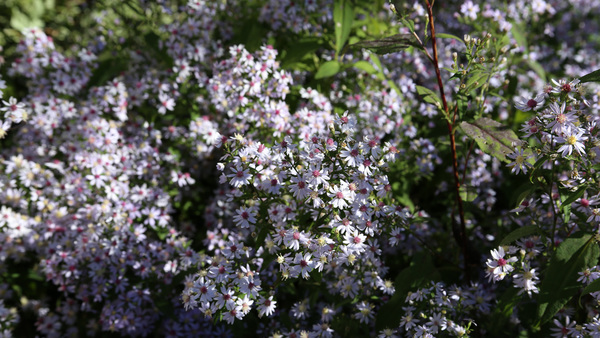















Comments
Log in or create an account to post a comment.
Sign up Log in